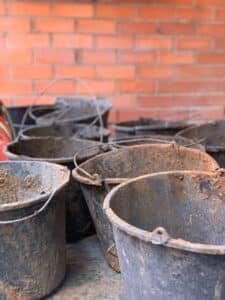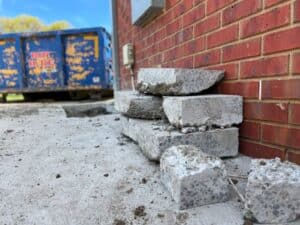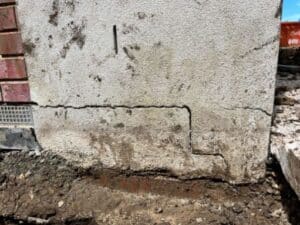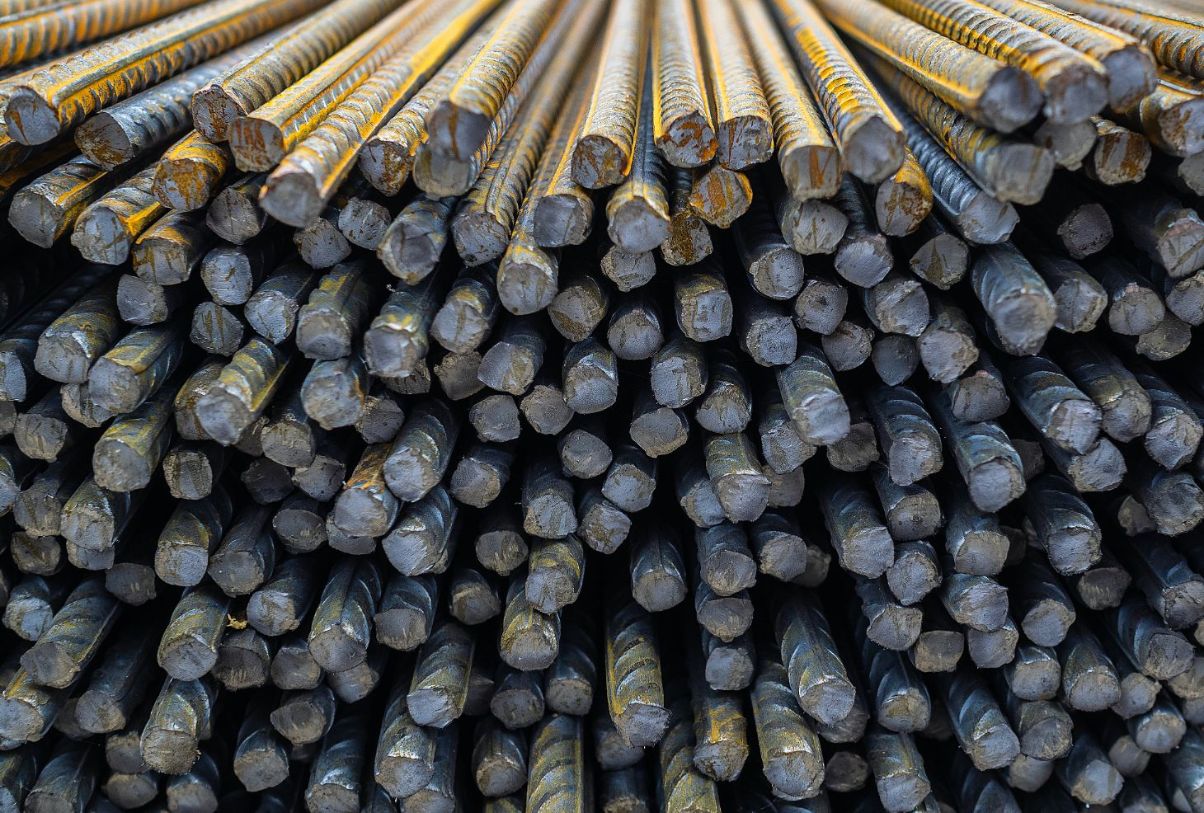The best way to tell if you need underpinning is if you notice cracks in your walls or floors, or have doors and windows that won’t close or open properly. There are a number of other clues to look for that are tell tale signs you need underpinning. You should discuss with a professional first, so they can assess all the factors involved in your unique case.
In this article, we will explore the signs that suggest that you may require underpinning. If you found them in bad condition, it’s high-time to consult a foundation repair specialist.
What Is Subsidence?
Subsidence refers to sinking of the ground as a result of movement in the soil condition. This can be as a result of natural causes like extreme weather, or human causes. It weakens the foundation and oftentimes underpinning is required to restore integrity to the foundation.
What Are The Signs A House needs Underpinning?
Cracks on the inside and outside of the walls are the most common signs. Other signs are:
- Step like cracks are found on walls
- Cracks that are bad enough to show on inside and outside in brickwork
- Cracks found at the corner of the doors and windows
- The diameter of the crack is above 3mm
- Cracks appear in the joints and extensions.
Just because there are one or two cracks in the wall doesn’t necessarily mean that there’s an issue with subsidence. Sometimes, temperature fluctuations over an extended period of time can also cause cracks that have nothing to do with subsidence.
If you see most of the signs mentioned above and need underpinning in Bendigo, you should consult with a team of experts.

Is it OK to buy a house that has been underpinned?
Yes, you can buy a house if it was underpinned by a certified and licensed foundation repair company. However, if the underpinning service was not handled by professionals, you shouldn’t buy such risky houses. Underpinning is a process that you should not try to DIY. Please check our blog can you DIY underpinning to explore the possible risks.
Do I Need A Permit For Underpinning In Bendigo?
Yes, if you’re located in Bendigo you will require a permit to carry out underpinning. However, there are a few exceptions where a permit isn’t necessary – such as when an internal wall is being dealt with. Discuss this with your contractor though to be sure.

What Are The Disadvantages Of Underpinning?
The disadvantages of Underpinning are:
- It can be costly
- The process can be intrusive
- Can take longer to complete
What Are The Advantages Of Underpinning
The advantages of underpinning are:
- It can stabilise a sinking house that has subsidence
- It can arrest foundation movement
- Raise a sunken floor back to level
- Reinforce a weak foundation

Is resin injection as good as underpinning?
No, resin injection is less effective and not as good as concrete underpinning. Resin injection is inaccurate, more expensive and time consuming, and a chance to fail at any time.
Can Underpinning fail?
Yes, if not done correctly, underpinning can fail. The longevity of the underpinning project mostly depends on the skill and expertise of the contractor. So, ensure you select your contractor wisely.
In addition, if the surrounding soil or other conditions change, underpinning can also become unstable. For example, even if you used underpinning to stop a leaky pipe from causing subsidence, tree roots growing underground could still cause more damage to your foundation.
If you want to know when do you need to underpin, you should check our blog here.
There are several indicators that your home may need underpinning. If you spot any of these signs, it’s best to call a professional foundation repair contractor for an assessment. Underpinning is a process used to stabilise a subsiding or sinking house, which can be complex. It’s essential to find a qualified and experienced contractor so that the job is completed correctly.


